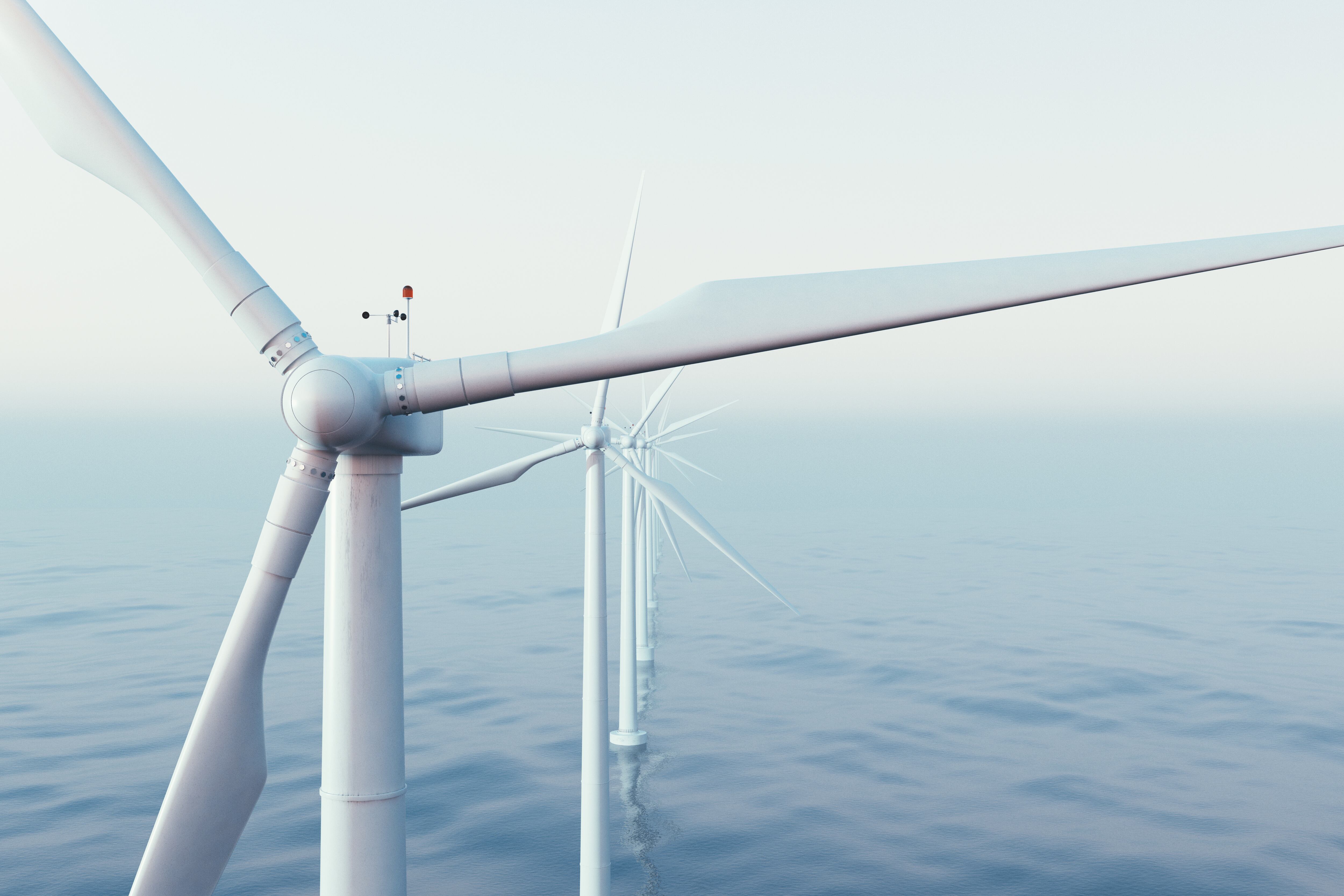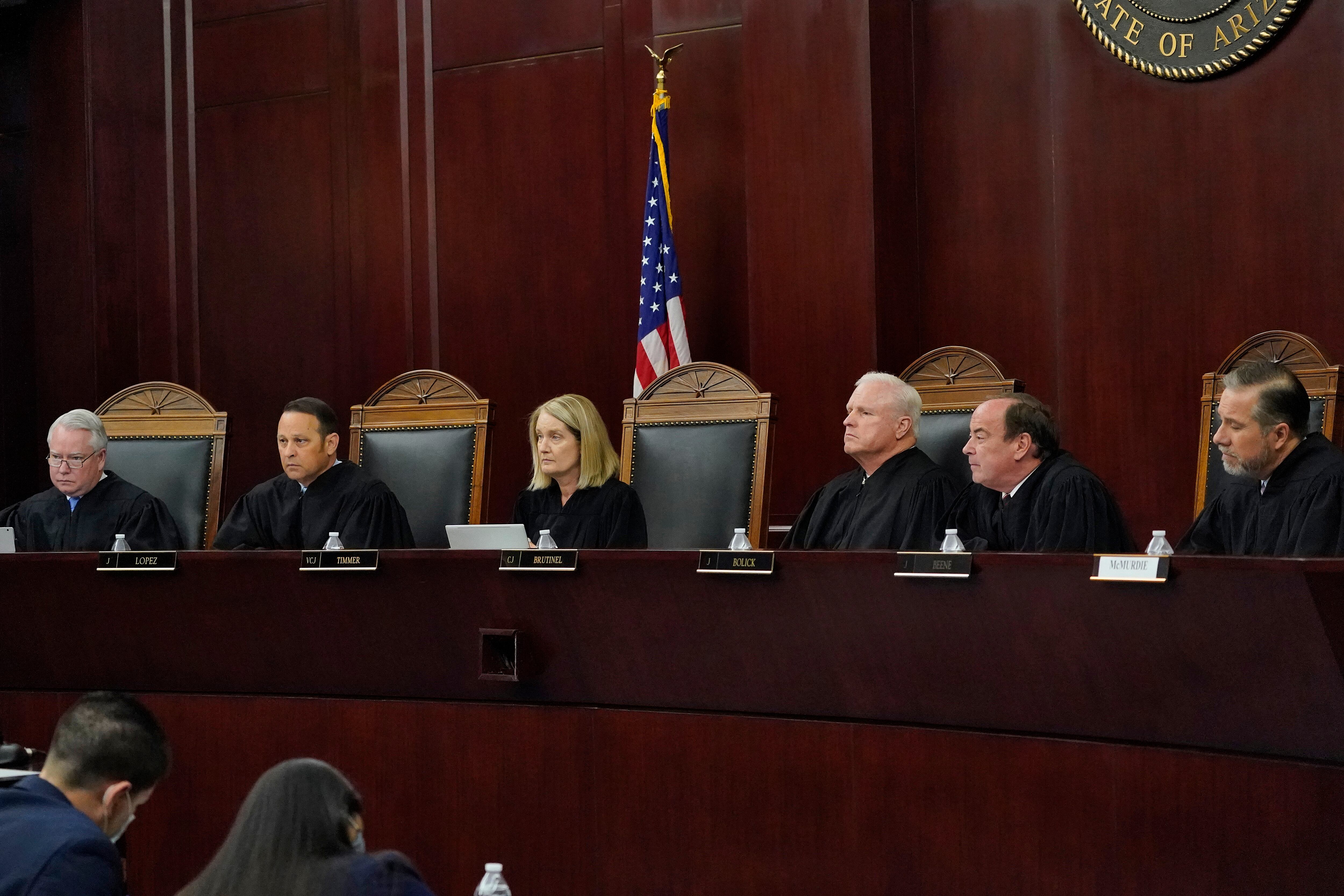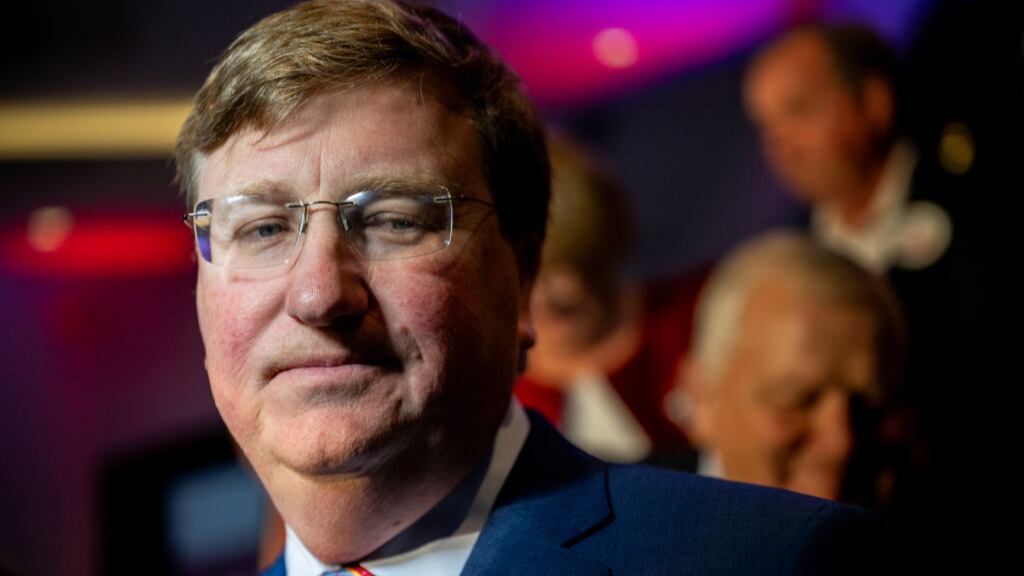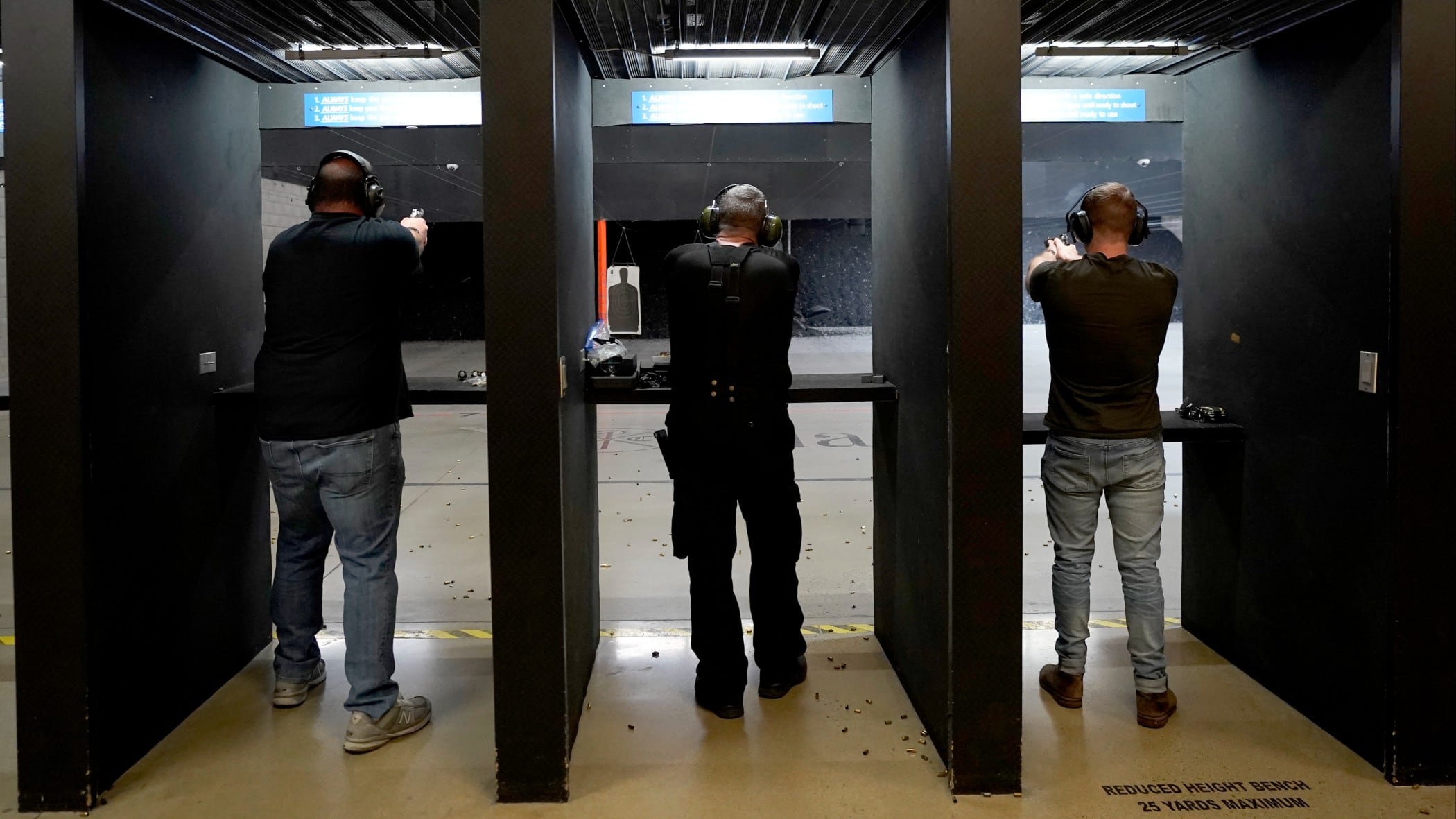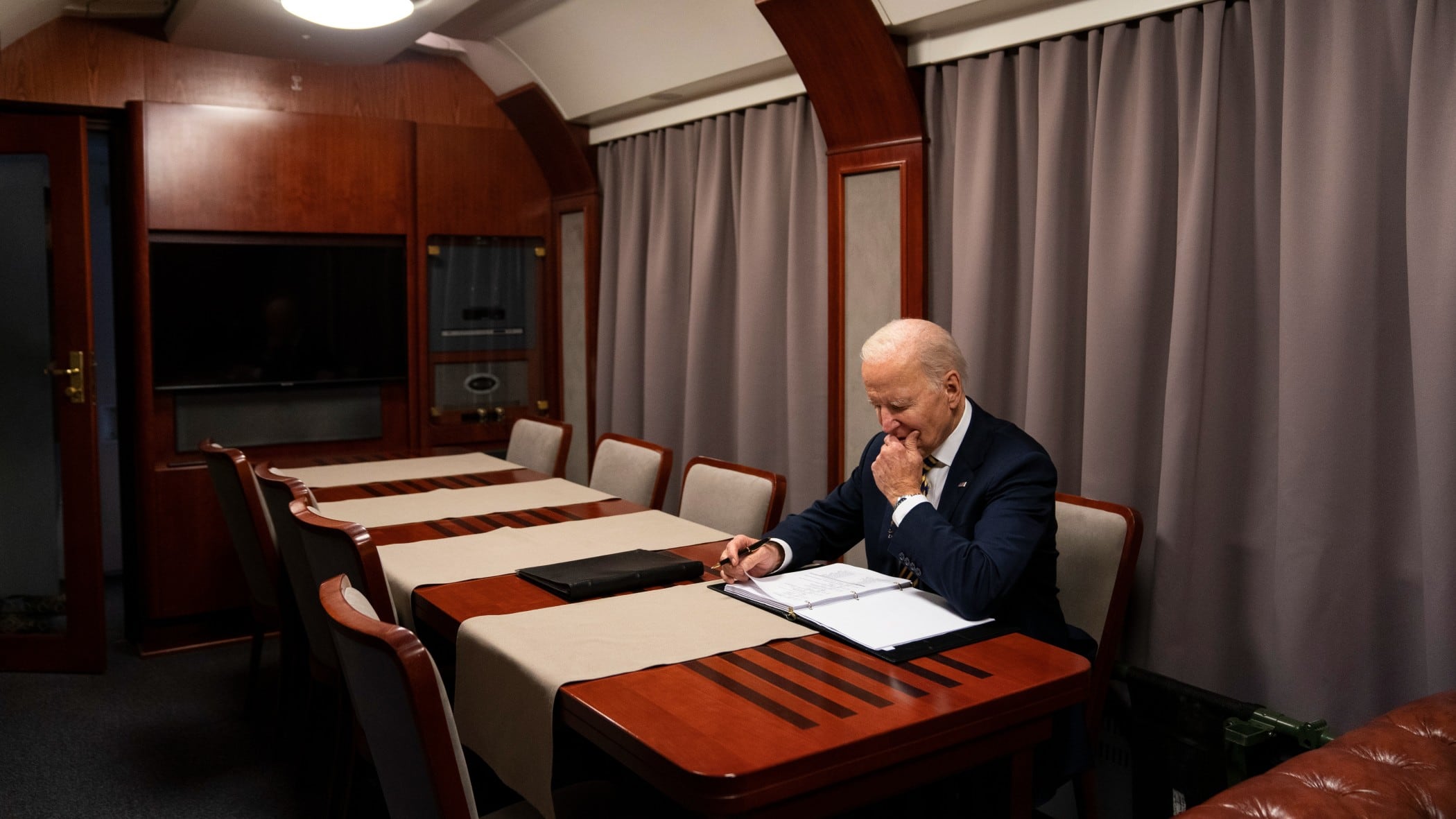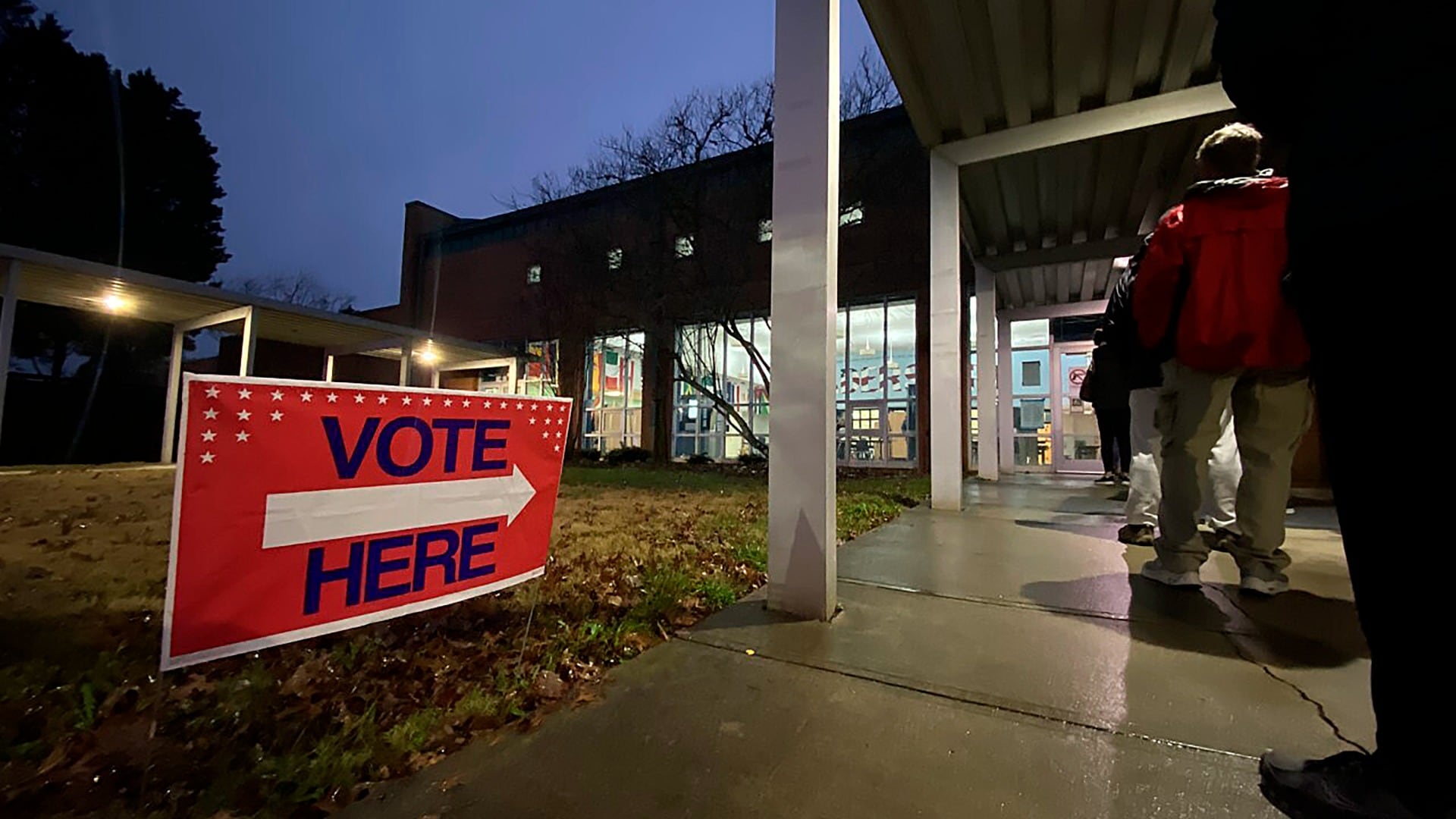After outcry and opposition from commercial fishermen prompted the Trump administration to delay construction of dozens of wind turbines in the country's first large-scale offshore wind farm, the wind sector's main trade association and an advocacy group on Thursday took an unusual step to counter accusations that the industry has been less than transparent in seeking to transform U.S. coasts into watery clean energy hubs.
The Special Initiative for Offshore Wind, a research and advocacy organization at the University of Delaware, and the American Wind Energy Association, a trade group, released what they're calling a "participation guide," a two-page primer on what can be a byzantine, years-long state and federal review processes for offshore wind projects.
Like the 800-number on the back of a cereal box, the groups hope that the guide will solicit comments, concerns, and feedback from potential critics of offshore wind projects that can be addressed early in the process.
Commercial fishermen have expressed alarm over how offshore wind projects may disrupt navigation and sensitive fisheries, the latter a worry that's also been voiced by some environmental advocates. Beachfront homeowners have meanwhile tended to oppose projects that may threaten to disrupt bucolic coastal views, although the most recent proposed wind farms would be built 15-30 miles offshore.
The criticisms have been amplified by Sen. Sheldon Whitehouse, an influential Rhode Island Democrat who is one of the Senate's most outspoken advocates for clean energy and climate action, but who has unleashed unusually sharp criticism over what he sees as a lack of transparency by the offshore wind sector.
"We were hearing from a lot of ocean users, coastal communities, fishermen, and others about how they feel excluded from the process, and how they don't feel that they're being heard, and they don't feel that they have a seat at the table when a lot of these decisions were made," said Nancy Sopko, executive director of the Special Initiative for Offshore Wind. "We've been responding to what we've been hearing – we're just trying to respond to the voice, the call, that people are telling us that they don't feel as included as they could be throughout the process. That's what we're trying to base this process on – to feel more included in the process."
The guide's release is the latest effort by the nascent sector to mollify critics. In November, five of the country's largest offshore wind developers announced that they had agreed to space turbines off Rhode Island and Massachusetts one nautical mile apart in uniform, diagonal rows, a move designed to address concerns about how the turbines might impede navigation.
Such opposition has taken a toll: While the country's offshore wind sector has $70 billion of planned investment, it has yet to build a single utility-scale wind farm in the U.S. Offshore developers overseas, by comparison, have built more than 4,500 turbines in waters off Europe.
The sector experienced a pronounced setback this summer, when the Interior Department agency which oversees offshore energy development, announced that it would require Vineyard Wind, an 84-turbine proposed project off Massachusetts, to submit to a second round of federal environmental reviews.
The decision appears to have been sparked in part by opposition from the commercial fishing industry, which has alleged that it was shut out of the review process for the project.
"How does offshore wind energy affect the fishing industry?" Ed Yates, a fisherman from Barnegat Light, New Jersey, told the Christian Science Monitor in an interview last fall. "The answer we get from the wind operators is 'We won't fully understand the impacts until the facilities are already built.'"
The Interior Department initially approved Vineyard Wind's environmental impact statement in 2017, but the project is in many ways a holdover from the Obama administration, which began exploring offshore leases off the Massachusetts coast in 2010 and awarded a parcel to Vineyard Wind's developer in 2015. President Donald Trump is an outspoken critic of wind energy, stating – falsely – in April that noise from the turbines causes cancer and that the turbines can cause property values to drop by 75 percent.
When the Interior Department last summer announced that Vineyard Wind would have to undergo another lengthy review, this time focused on impacts to fisheries, the wind sector's advocates and environmental groups noted not only Trump's personal opposition to the industry, but the apparent dissonance between administration's efforts to ease regulations on oil, gas, and coal production and its call for greater scrutiny of offshore wind.
Vineyard Wind's developers and offshore wind advocates maintain that they have taken steps to minimize its potential impact on marine life and navigation. Emails obtained in October by the energy and environment-focused news site E&E News also brought attention to a close relationship between fishing groups and the National Oceanic and Atmospheric Administration, an Interior Department agency that went on to play a crucial role in pushing for Vineyard Wind's delay.
However, Sen. Whitehouse added substantial weight to the fishing concerns, especially as a Democrat who has emerged as one of the Senate's most prominent "climate hawks." In a July letter to the Bureau of Ocean Energy Management, the Interior Department agency that manages offshore energy development, he urged the Trump administration to step up its reviews of proposed offshore wind farms – a move he said would avoid last-minute delays like Vineyard Wind and ultimately speed up the lengthy federal review process.
"I think there's some reason for caution, given the bad way that Vineyard Wind started," Whitehouse said in a November interview with E&E News. "If their process had been better and their application was less controversial, the BOEM process might have gone more smoothly; it might be sited now and moving on to other projects. I want to see a lot of projects developed."
The wind sector, with the participation guide release Thursday, seems to be addressing that argument directly, although the Special Initiative advocacy group and AWEA maintain that the "genesis of the project" began two years ago. They say they hope that the primer will help potential opponents voice criticisms as early as possible.
"There's no question that transparency sometimes is difficult," said Laura Smith Morton, senior director for policy and regulatory affairs for offshore wind at AWEA. "With complicated processes and federal agencies, there are always challenges in ensuring that all potentially impacted parties are aware of these processes, particularly when they're this complex, and it's a nascent industry. So the guide is intended to be as public as possible to help them get in early and often and understand what's out there."
